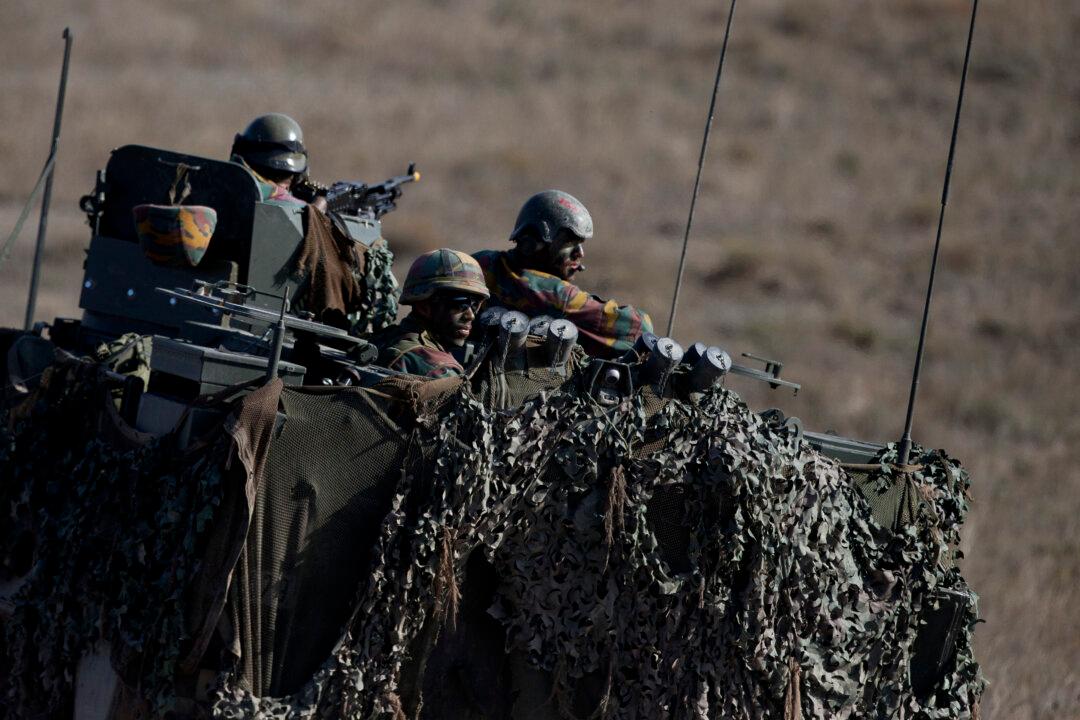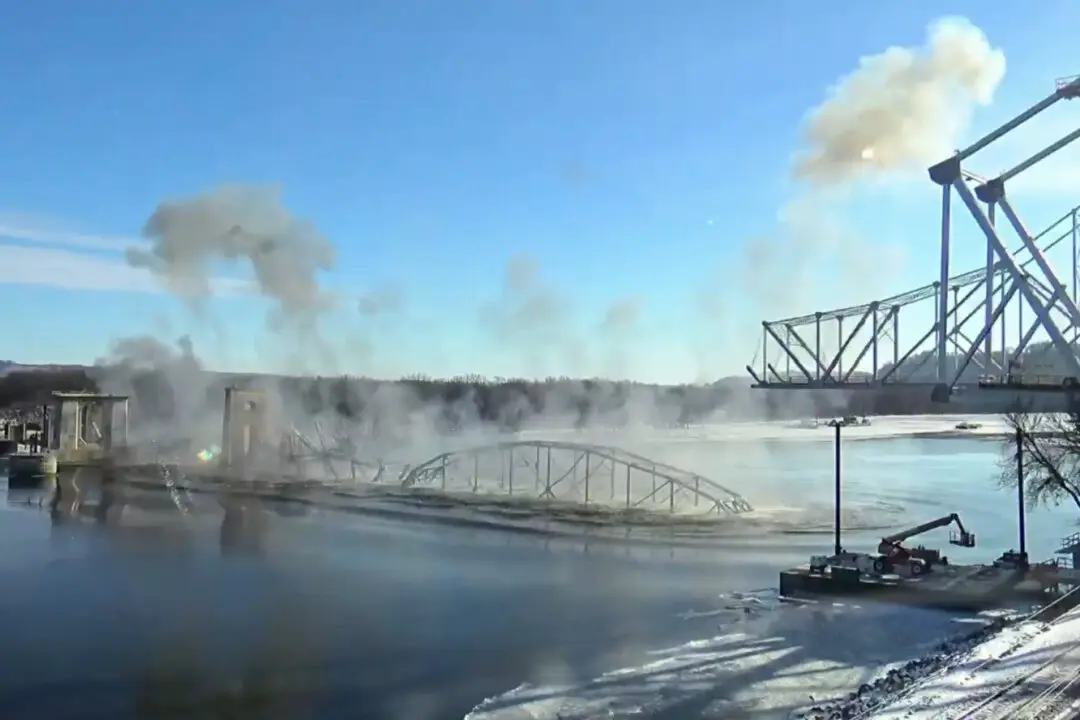ZARAGOZA, Spain—NATO is putting on its most fearsome display of military might in over a decade, a choreographed large-scale movement of soldiers, ships, and planes meant to hone its capabilities as well as transmit an unmistakable signal to Russia and other possible foes.
The U.S.-led alliance’s aim is to train and exercise, but it is also “sending a very clear message to our nations and to any potential adversary,” NATO Secretary General Jens Stoltenberg told a news conference Wednesday.
“NATO does not seek confrontation,” Stoltenberg said. “But we stand ready to defend all allies.”
For three weeks starting Oct. 21, more than 36,000 personnel from all 28 NATO allies and 8 partner nations, as well as more than 160 aircraft and 60 warships, are taking part in exercises across a broad swath of southern Europe stretching from Portugal to Italy.
The No. 1 objective of the maneuvers, code-named Trident Juncture, is to ensure NATO’s beefed-up Response Force is up to the job, and that the United States and its allies can respond promptly and in unison to a crisis.





